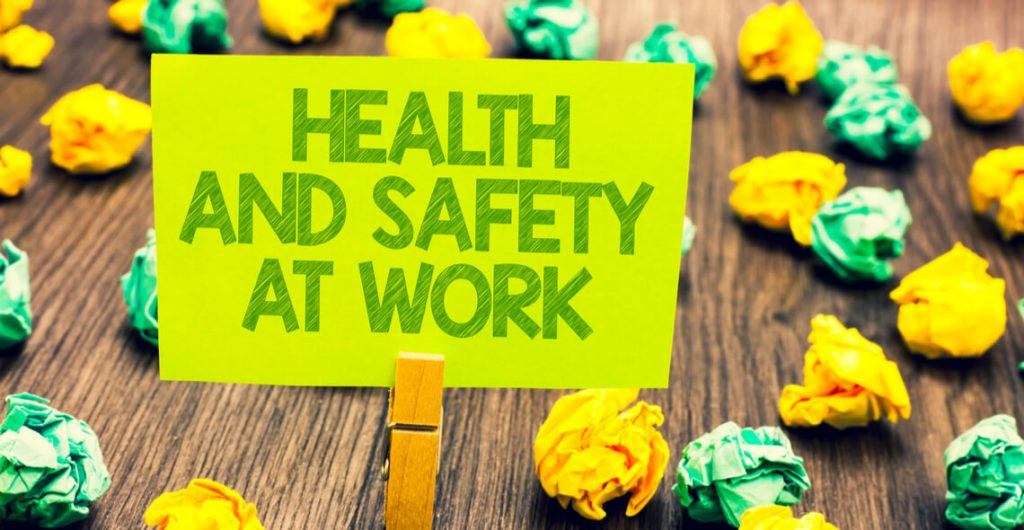Essential Health and Safety in the Workplace (UK) Certification

Essential Health and Safety in the Workplace (UK) Certification
Health and safety applies to everyone in the workplace. You will discover how health and safety law works in both theory and practice, equipping you to spot hazards in any working environment and to play a role in minimising harm. You will learn about common workplace hazards workers; including slips, trips and falls and electrical safety. This course also provides you with a comprehensive guide to manual handling. The course looks too at stress management; aiming to give you the tools required to manage the stress you have in your life.
You will learn:
HEALTH AND SAFETY
- What health and safety means, why it is important that everyone in the workplace understands their responsibilities, and how health and safety legislation is implemented.
- Why employers must carry out risk assessments, what they need to do once they have identified workplace hazards, and when they are legally obliged to keep records.
- The risks that come with manual handling activities including lifting and carrying, and how these can be prevented.
ESSENTIAL MANUAL HANDLING
- The obligations that both employers and employees must fulfil according to the Manual Handling Operations Regulations.
- The risks and hazards that are involved with improper manual handling, including the development of musculoskeletal issues and repetitive motion injuries.
- Techniques for safe and effective manual handling.
- Practical solutions and tips to keep in mind when it comes to manual handling and workplace safety.
SLIPS, TRIPS AND FALLS
- Common hazards found in workplace environments, including trailing cables, contaminated and uneven floor surfaces, poor lighting, unguarded stairs, clutter and improper cleaning methods.
ESSENTIAL ELECTRICAL SAFETY
- The effects of electric shock on the body and why electrical accidents can be fatal.
- The most common causes of electrical accidents in the workplace.
- The scope of The Electricity at Work Regulations 1989 and how they complement other legislation.
STRESS MANAGEMENT (EMPLOYEES)
- An overview of what is considered stress.
- Dealing with stress at work, and understanding burnout and the formation of stress.
- Coping with stress and the effect stress has on the body.
- Developing confidence to deal with stress.
- Learning how to manage stress in a positive way.
Explore our full library of online training courses.


4 hrs
 Yes
Yes  All major devices and browsers
All major devices and browsers Course FAQ
Who can take the Essential Health and Safety in Workplace (UK) Certification course?
There are no entry requirements to take the course.
What is the structure of the course?
The course is broken down into 12 individual modules. Each module takes between 20 and 90 minutes on average to study. Although students are free to spend as much or as little time as they feel necessary on each module.
Where / when can the course be studied?
The course can be studied study at any time and from any internet connected device
Is there a test at the end of the course?
Once you have completed all 12 modules there is a multiple choice test. The questions will be on a range of topics found within the 12 modules. The test, like the course, is online and can be taken a time and location of your choosing.







